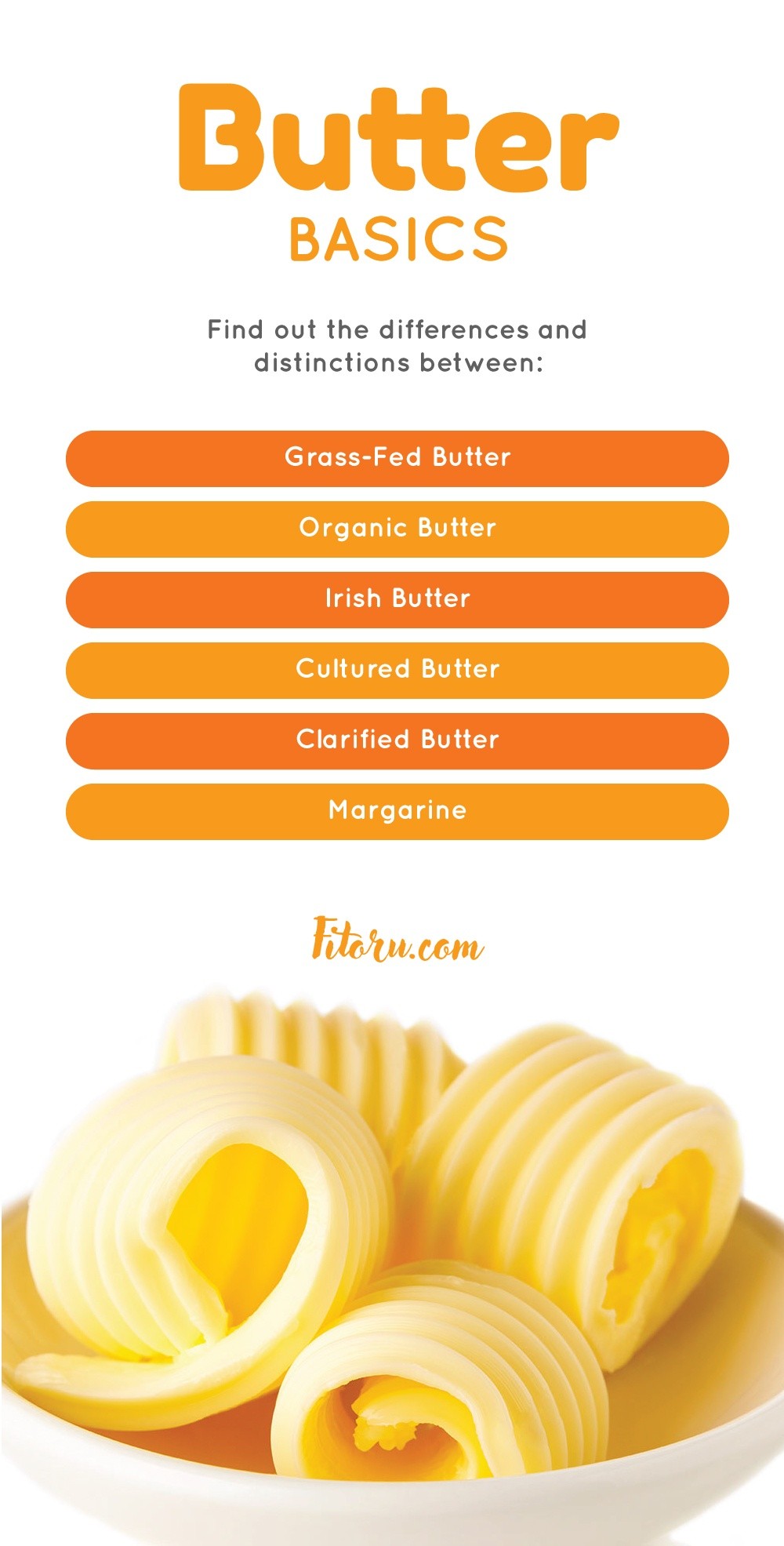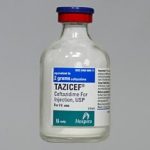
Butter vs. Grass-fed Butter: What’s the Difference and Which is Better?
Butter is a popular dairy product that contains fat, water, proteins, and other compounds. Grass-fed butter, on the other hand, is made from cows that eat only grass or pasture-based forages, making it a healthier alternative to regular butter.
Regular butter is made by skimming cream from whole milk, heating it, and churning until the fat globules join together and solidify. Grass-fed butter, however, is produced from cows that are exclusively fed grass or pasture-based forages instead of grains like corn. Though it’s worth noting that terms like "pasture-raised" and "pasture-fed" aren’t always interchangeable, as cows can consume grass-based or forage feed without grazing in a pasture.
While the United States Department of Agriculture defines "grass-fed," the term isn’t regulated on labels, which can lead to misleading marketing claims. Grain-fed dairy cattle may also have some forage or grass-based feed in their diet.
Large-scale farmers often incorporate grain into the diet of dairy cattle due to the high moisture content of grass or pasture, which doesn’t provide sufficient energy. Achieving high milk production requires a cow to consume significant amounts of feed, and relying solely on grass or pasture is usually inadequate. However, farmers often include pasture activity and grass-based feed in their nutrition programs as a cost-saving measure.
Despite the similarities, there are nutritional differences between regular butter and grass-fed butter. Research suggests that grass-fed butter and dairy products may be a better choice.
Nutritional Differences
The nutritional composition of butter can vary depending on the breed of cow and its diet.
Fats
Compared to regular butter, grass-fed butter contains higher levels of unsaturated fatty acids, including omega-3 fatty acids known for their heart disease risk reduction benefits. Omega-3 fatty acids contribute to cell structure maintenance, provide energy, and support immune system function. Grass-fed butter also contains higher levels of conjugated linoleic acid (CLA), which has potential anti-cancer properties and may reduce the risk of obesity and plaque buildup in arteries and vessels. The effect of CLA on gut microbiome and metabolic health requires further investigation.
Both types of butter are rich in vitamins and minerals, but the quantities and types differ. Grass-fed butter is abundant in beta-carotene, a precursor for vitamin A, which supports eye health, white blood cell activity, and bone repair. Calcium and phosphorus content is higher in grass-fed dairy, while regular dairy boasts elevated levels of selenium, iodine, zinc, and copper.
Color and Flavor
Regular butter has a white color, while grass-fed butter has a yellow hue due to its higher beta-carotene content. The flavor profiles of the two types also differ, with regular butter being sweet, malty, or milky, and grass-fed butter having a grassy taste often described as resembling a green vegetable or having a medicinal note. Research suggests that while diets influence flavor compounds, the digestion process and inhaled compounds might also play a role in flavor differences.
Texture
Regular butter, being higher in saturated fats and lower in unsaturated fats, is solid and hard. Grass-fed butter, on the other hand, has a higher unsaturated fat content, which results in a softer texture. Furthermore, grass-fed butter contains smaller fat globules, increasing moisture content and lending it a smoother texture and lower melting temperature.
Price and Considerations
Interestingly, although it’s cheaper to feed animals grass and forage rather than grain, grass-fed products typically have higher price points. This may be due to marketing strategies positioning grass-fed products as eco-friendly and healthy options, or it could be attributed to smaller-scale production. For individuals on a budget seeking healthier fat alternatives, opting for healthy plant oils like olive oil might be a more economical choice.
Easy Transition
If you’re accustomed to cooking with regular butter, switching to grass-fed butter is a seamless process. It can be used interchangeably in recipes, providing comparable flavor, moisture, and tenderness without requiring adjustments as oils might.
Calorie Considerations
While grass-fed butter contains healthier fats, it remains high in fat and calories. Moderation is key, as consuming a calorie-rich diet may lead to weight gain. Nevertheless, butter can be part of a healthy diet when consumed in appropriate amounts.
The Healthier Option
Grass-fed butter boasts a higher beta-carotene content, healthy fats, and a smoother texture compared to regular butter, making it a potentially healthier choice. However, due to personal preferences and budget constraints, alternative options like healthy plant oils may be more viable for individuals seeking healthier fat sources.
Sources: Comprehensive Reviews in Food Science and Food Safety, Foods, Harvard Health Publishing, Harvard T.H. Chan School of Public Health, Institute of Culinary Education, Journal of Agriculture and Food Chemistry, Journal of Dairy Science, National Institutes of Health Office of Dietary Supplements, National Library of Medicine MedlinePlus, Nutrients, University of Connecticut, U.S. Department of Agriculture FoodData Central, Manitoba Agriculture, and McGill University Office for Science and Society.


